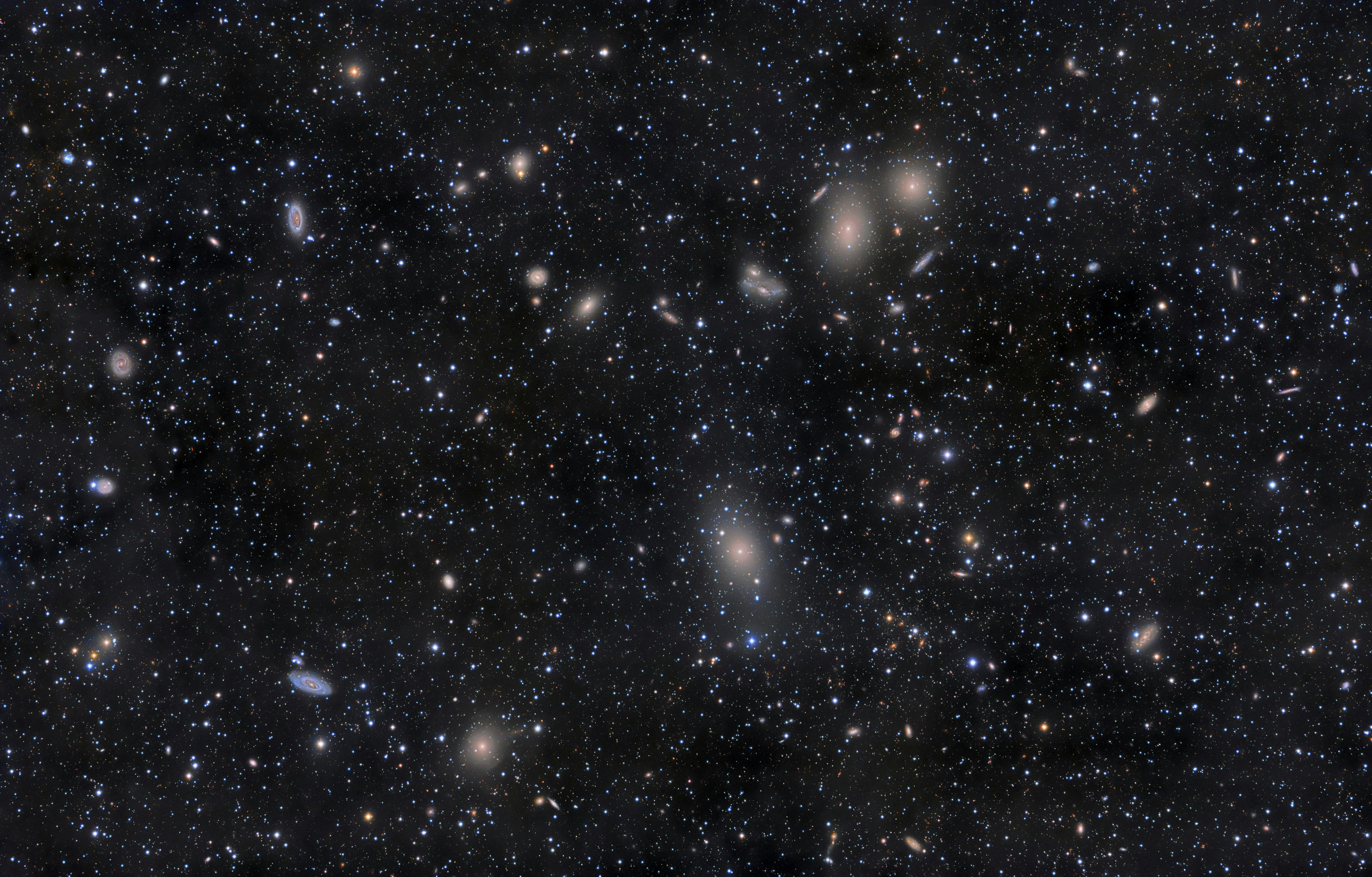The Japanese X-ray satellite SUZAKU has looked at the distribution of gas around the Virgo cluster, a large galaxy cluster close to the Milky Way and the second brightest in X-rays. It discovered that the elements needed to make living organisms, planets and spiced-up stars are equally distributed across the cosmos.
The study analysed how the intergalactic medium was enriched by supernovae over cosmic time. There are two types of supernovae:
Core-collapse supernovae happen to single stars at the end of their life cycle and then spread elements ranging from oxygen to silicon.
Type Ia supernovae happen in binary stars with a white dwarf in the system. The white dwarf starts accreting mass from the companion until the mass makes the star collapse and explode. Heavier elements tend to be formed by these types.
Supernovae and Active Galactic Nuclei (when a supermassive black hole is active) generate galactic winds that spread the elements beyond the galaxy itself.
The distribution of chemicals across the cluster is uniform and it is consistent with the composition of the solar system.
Based on the proportion of different elements, it also implies that there must be one Type Ia supernova every 5 core-collapse explosions.
The cluster seen by SUZAKU is so large that it is possible to extrapolate the production peak of these elements: the enrichment phase happened between 9 and 11 billion years ago. The building blocks of the solar system are not at all unique, or exclusive to the Milky Way; the entire Universe seems to be made up by the same elements.
The pioneer of this field was Cecilia Payne-Gaposhkin, you can learn more about her here.
REFERENCE:
A UNIFORM CONTRIBUTION OF CORE-COLLAPSE AND TYPE Ia SUPERNOVAE TO THE CHEMICAL ENRICHMENT PATTERN IN THE OUTSKIRTS OF THE VIRGO CLUSTER, Simionescu et al. Astrophysical Journal Letters.
